Pain Relief

For most of us, warmer weather brings more physical activity like biking, hiking, water sports, beach volleyball, gardening and much more. And with those added activities often comes increased muscle and joint pain, especially in the neck, shoulders, back and legs.
But you shouldn’t let those aches and pain get in the way of enjoying your summer!
Here are some tips for those seeking some much needed relief:
- Perform body stretches once or twice a day.
- Wear proper footwear with shock-absorbing soles.
- Stay hydrated and maintain a well-balanced diet that includes complex proteins, fruits, vegetables and carbohydrates.
- Gradually increase the intensity of a physical activity to allow your muscles to adapt.
- Apply ice or a cold pack to a swollen or painful area.
- Respect your personal limitations and listen to your body to detect the very first signs of discomfort or pain.
- Relax sore muscles. Avoid any movement or activity that may aggravate the problem.

Relieve Bruises and Bumps

In the summertime, we have so many amazing options to get active. And although they might be tons of fun, they can often lead to more than a few unsightly bumps and bruises.
But it’s not just how they look, it’s how much they hurt too!
Luckily, we’ve got four first aid tips to help relieve bumps and bruises in no time:
- Rest is one key to help heal everyday strains and sprains.
- Apply an ice pack or cold compress immediately to the bruise to reduce swelling.
- Elevate your injury to reduce swelling. Try to keep the injured area higher than your heart as much as possible.
- Massage the affected area with an ointment or gel. Try Arnicare to ease resorption of bruises and inflammatory oedema caused by falls, blows or blunt injury.
Now you’re all set to get out there and enjoy your summer to the fullest!

Yoga Postures
We often underestimate the benefits of yoga. Certain postures can reduce stress, reduce muscle tension and bring a sense of calm. Take a look at these carefully selected yoga postures and don’t forget to take time to focus on yourself!
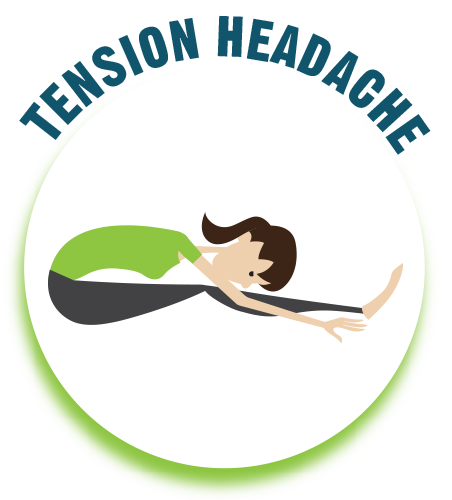
Seated Forward Bend
Soothes headache and reduces fatigue.

Lion Pose
Relieves tension in the neck, chest, jaw, and face.
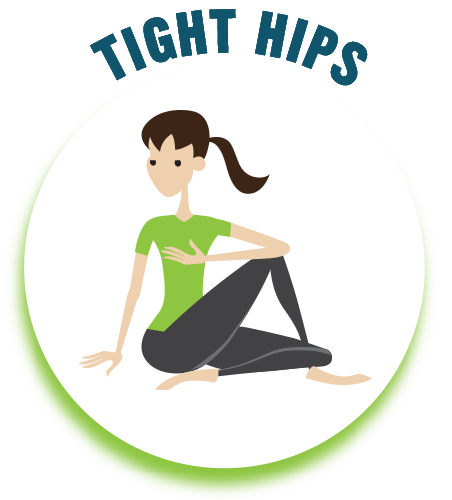
Half Lord of the Fishes Pose
Stretches the hips and gently twists the spine.

Legs-up-the-Wall Pose
Relieves tired or cramped legs and feet.
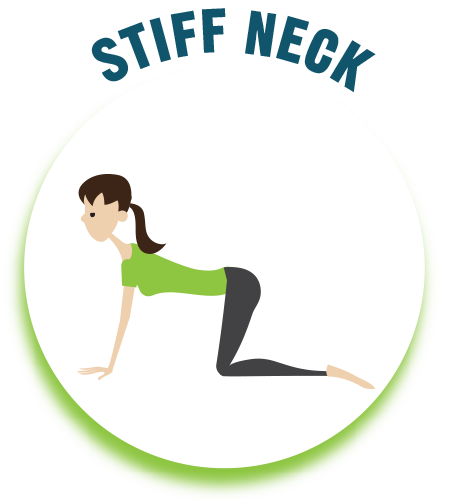
Cat Cow Pose
Gently stretches the neck entire spine.

Eagle Pose (arms only)
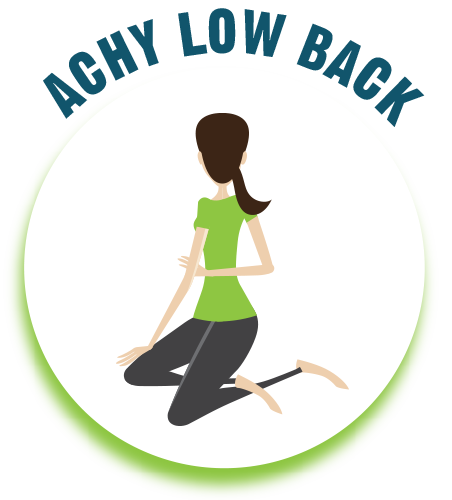
Bharadvaja's Twist
Relieves lower backache, neck pain, and sciatica.
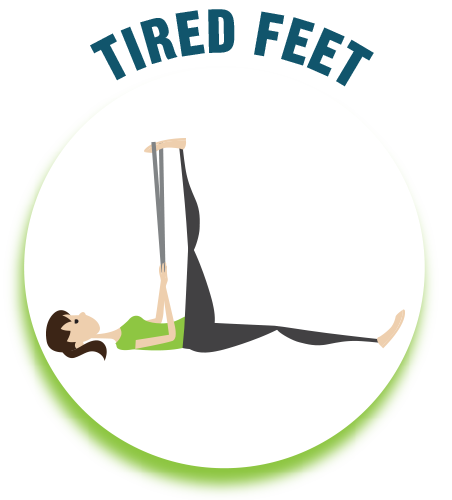
Hand-to-Big-Toe Pose
Stretches & improves flexibility of all muscles from head to toe.
Recuperating After the Effort

Exercising allows the body to release endorphins which trigger a positive feeling in the body by interacting with the brain’s perception of pain. That post-workout high is an amazing feeling that can quickly turn sour once you are hit with body aches, cramping and muscle fatigue.
To get you back on track with your body and workout regimen, here are our tips to help your post-workout recovery:
- Stay hydrated. Drinking water throughout the day and drinking sports drinks during exercise is crucial to prevent dehydration, electrolyte loss and muscle fatigue.
- Stretch your muscles before and after any exercise to reduce body aches.
- Take a warm shower or bath (unless you suffer from chronic venous insufficiency or varicose veins).
- Rest your muscles for 24 to 48 hours before exercising again.
- Try a homeopathic medicine like Arnicare Sport that helps relieve muscular soreness, cramping and fatigue following a physical workout or overexertion.
- And always remember to listen to your body and respect your personal limitations in order to avoid more serious injuries.

Quiz
Recovery after exercise: are you vigilant?
Gardening Safely
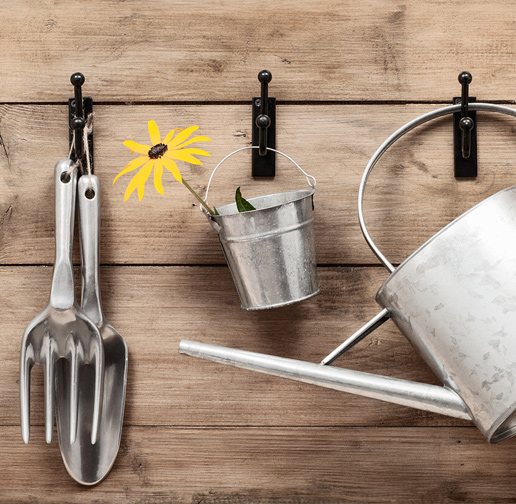
Gardening has grown into one of Canada’s most popular activities in recent years as a growing number of us discover the pleasures and rewards of a beautiful landscape.
But exercising your green thumb does come with some risks. A day of digging, weeding, and watering can also lead to injuries such as lower back pain and muscle tension when proper safety precautions are not followed. Remember that warming up and stretching is key to a flourishing gardening season!
Here are some steps to help prevent and treat common gardening injuries:
- Alternate tasks frequently and change positions regularly.
- Kneel down rather than hunching over. It is easier on your back.
- Always bend your knees when picking up or dropping a heavy load.
- Use a two-wheeled wheelbarrow to move the loads in order to avoid a loss of balance which could injure your back.
- Divide one large soil load into several small ones to avoid carrying a single heavy load and potentially hurting yourself.
- While watering your plants, don’t forget to water yourself. Drink plenty of liquids, but avoid alcohol or sugary beverages that can lead to dehydration.
Treating common injuries
If stretching is important before gardening, the same goes for afterward as well. Make sure to also stretch out and relax muscles and tendons. Staying hydrated and stretching should help prevent stiffness the following day as well as increase and maintain a certain level of flexibility. Stretching can thus help to reduce the risk of injury leading to pulled muscles or tendonitis.
Still suffering regardless of these precautions?
If you are experiencing back or knee pain, bumps or bruises, try using a homeopathic medicine like Arnicare Gel, Cream or Tablets to help relieve muscle and joint pain and ease resorption of bruises and inflammatory oedema. Try it for muscle pain (neck, back, shoulder, leg, etc.), swelling from injuries, and bruising.

Preparation for a Marathon

During foot races, in this case, during a marathon race, all muscle groups are highly stressed. Therefore, it is necessary to prepare the muscles for exercise.
What is muscle preparation?
Running a marathon requires special preparation of the muscles.
Workouts must be done regularly and adapted to the runner. Marathon preparation takes place over a period that varies according to each athlete. It is recommended to practice cycling, swimming, and endurance sports in parallel, because they allow you to continue working the muscles while avoiding stride-related injuries.
It is strongly recommended to perform muscle building exercises that increase resistance. Your performance will only get better. This weightlifting work also includes the glutes, thighs, arms, abdominal muscles, etc.
A few muscle preparation tips:
- Improve your endurance: don’t hesitate to practice other endurance sports.
- Adjust your workouts to your running fitness level.
- Train regularly.
- Perform muscle strengthening exercises.
On the eve of the marathon:
- Drink large quantities of water in order to properly hydrate your body.
- Adjust your energy intake.
- Get sufficient sleep, even though stress can be disruptive in the few days prior to the race.
On the day of the marathon, the runner must warm up properly and efficiently.

